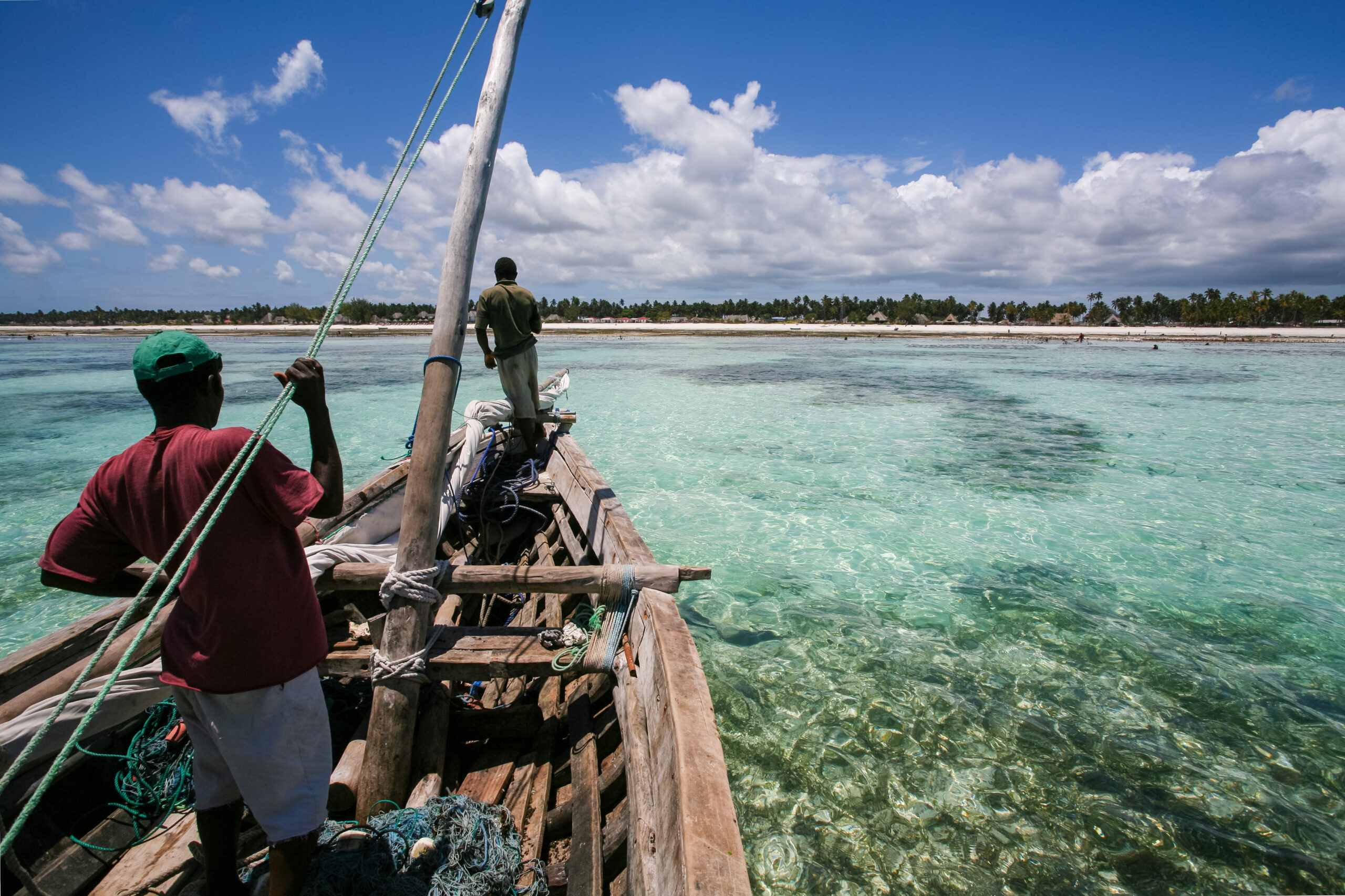The PFP Model
The Project Finance for Permanence (PFP) model is a transformative approach designed to secure the permanent protection, effective management, and sustainable funding of conservation areas at the national or regional scale. It mobilizes governments, Indigenous peoples, local communities, private and public funders, and local partners through a single, binding agreement that aligns partners under shared ecological and development objectives.
PFP initiatives are structured around rigorous conservation and community development plans anchored by integrated financial models. All partner commitments, financial, legal, institutional, and social, are secured simultaneously at closing, the inflection point when full funding is guaranteed and legal obligations are activated. This architecture closes persistent financing gaps by unlocking government co-investment, crowding in private and philanthropic capital, and ensuring performance-based disbursements over multi-decade time horizons.
Unlike site-based or project-driven conservation efforts, the PFP model delivers scale and permanence by securing entire protected area networks. Its design enables system-level accountability, coordinated governance, and long-term resilience, advancing both biodiversity targets and community prosperity. Indigenous leadership and local stewardship are foregrounded through direct participation in governance, funding flows, and decision-making bodies.
Critically, the PFP financing structure leverages catalytic support from philanthropic and bilateral donors to unlock durable government investment. Centralized funds, managed transparently by representative governing bodies, disburse resources in line with measurable outcomes and agreed milestones, while providing stakeholders with tools for ongoing monitoring, adaptation, and transparency. Over time, government partners phase in full financial responsibility, embedding conservation costs within national budgets.
Widely recognized as one of the leading frameworks for achieving enduring conservation results, the PFP model provides a blueprint for scaling nature-based solutions, advancing climate and development outcomes, and delivering durable wins for communities, climate, and biodiversity.
In the face of unprecedented global challenges, it is only through unwavering partnership, trust, and collective commitment that we unlock truly transformative impact. At Enduring Earth, we are proving that when local leadership, technical expertise, and financial innovation come together around a shared responsibility, resilient ecosystems and thriving communities are not only possible, but achievable. We are building the foundation of a sustainable future, showing that what we protect together endures.
What is Project Finance for Permanence? A Collaborative Approach to Lasting Conservation
Imagine a vision for nature’s future built not just by one group, but by a group of committed stewards: government, Indigenous peoples, communities, local partners, and private and public funders. This approach is at the heart of the PFP, a model designed to secure the long-term protection of ecosystems and community wellbeing through a true community of practice.
A PFP project begins with partnership, where all stewards come together to define conservation and sustainable development goals, rooted in local context and science. Governments provide the policy framework and long-term commitment to stewardship. Indigenous peoples and local communities lead through generations of wisdom and management of lands and water. Private and public funders, from foundations to national agencies, contribute and leverage the financial resources.
Together, with the support of Enduring Earth, these partners design a comprehensive conservation plan, a community development plan, and build a financial model of sustainable funding mechanisms that match the scale of their ambitions. Through a series of 9 PFP components, the process centers collaborative negotiation and shared governance, giving every steward ownership of the PFP goals and outcomes. Before implementation, all commitments are secured through a single, binding closing agreement, ensuring that every resource, pledge, and policy needed for success is accounted for upfront.


An independent fund, managed by representatives from across the partnership, oversees the long-term budget and disbursement of resources. Governments gradually increase their stewardship responsibilities, while local partners and Indigenous Guardians lead, implement, monitor, and perform adaptive management. Local partners offer expertise, advocacy, and capacity-building, strengthening accountability and resilience at every step.
The collective strength of this approach ensures conservation is not just durable, it is transformative. PFP projects deliver lasting conservation for landscapes and enhance livelihoods, ensure that community voices lead, and provide every steward with a recognized and vital role in sustaining success.
Lasting conservation is only possible when all stewards stand together, locally rooted, globally connected, and committed to thriving nature and people, for generations to come.

Bridging the Financial Gap to Deliver the Global Biodiversity Framework: How Environmental Funds can halt the loss of nature

What is a PFP Agreement? Explore the 9 key components for lasting conservation and sustainable communities.

Durable Financing: 8 Examples of How Unlocking Sustainable Financing Benefits Nature and People

What happens when a Project Finance for Permanence agreement “closes”?
When a PFP agreement is closed or launched, it marks the moment when all partners, including government, Indigenous peoples, local communities, funders, and local partners, have collaboratively designed, negotiated, and agreed upon nine core components that guarantee long-term conservation and sustainable development. This unique single closing agreement unites all parties around a shared vision and a clear funding model, allowing diverse sources of public and private finance to be seamlessly aligned within a single framework.
These nine essential components ensure every PFP is built to last, supporting effective conservation and community prosperity even as conditions change over time. While every PFP reflects its local geography, leadership, and ecological priorities, the structure of these components remains consistent across projects. They serve as guideposts for achieving permanence, setting the stage for robust institutions, capacity, and sustained investments that are directly tied to conservation and human well-being outcomes.
The Nine Essential PFP Components:
1. Conservation and Community Development Plan
Co-created with all partners, this plan defines the project’s scope, conservation priorities (marine, terrestrial, freshwater), and desired outcomes for nature and people. It incorporates local knowledge, a theory of change, and a robust monitoring and evaluation framework with indicators, activities, timelines, and budgets.
2. Financial Model
Details the full costs and funding sources needed to achieve the goals of the conservation plan, emphasizing long-term, sustainable financing mechanisms that cover implementation for a minimum of 10 years and beyond.
3. Financial Reporting and Performance Monitoring
Ensures accountability by tracking financial flows and progress towards goals. Transparent reports measure resource use, achievement of milestones, and compliance with disbursement conditions.
4. Closing Funding
All financial commitments from donors and governments have been agreed upon, and capital is placed in a Conservation Trust Fund. This ensures the project is fully financed and ready for launch, while leveraging substantial in-country investment.
5. Sustainable Funding
Governments commit to ongoing financial support, with plans for national policies or market mechanisms that sustain conservation and community development beyond the initial donor investment.
6. Government Commitment
Formal public policy and funding pledges provide continuity, embedding PFP priorities into governance systems through laws, regulations, or policies that persist across administrations.
7. Governance and Conservation Trust Fund
Independent governance structures and transparent systems oversee the PFP through a Conservation Trust Fund, which is responsible for effective, accountable fund management and project supervision.
8. Disbursement Conditions
Clear, time-bound conditions are established for releasing funds, ensuring alignment with project milestones and safeguarding against misallocation during the long-term implementation period.
9. Environmental and Social Safeguards
Rigorous safeguards are applied to prevent or mitigate risks, with a focus on inclusivity, transparency, and Free, Prior, and Informed Consent (FPIC) with Indigenous Peoples and local communities, strengthening trust and long-lasting conservation benefits.

PFPs are designed to achieve long-term success through sustained accountability, transparent operations, and a commitment to continuous improvement. Tracking the impact of a PFP is not an optional feature within the model; it represents a foundational pillar for every supported project. Each PFP incorporates rigorous monitoring, evaluation, and learning (MEL) frameworks to evaluate ecological, social, governance, and financial outcomes over time. This ensures that commitments lead to demonstrable, measurable results and enables projects to adapt to evolving challenges and opportunities. Impact tracking serves three main purposes:
Ensure Delivery and Accountability
Performance is evaluated not only by the extent of area or ecosystem conserved, but by indicators such as ecological health, governance strength, and community well-being. Regular, structured tracking facilitates alignment with initial goals and enables strategic adjustments when circumstances change.
Foster Trust and Transparency
Transparent reporting cultivates strong relationships with local partners, leaders, and communities, ensuring that all stewards are actively engaged and confident in the integrity and performance of each initiative.
Adapt and Continuously Improve
The conservation landscape is dynamic. Ongoing monitoring informs adaptive management, supports evidence-based decision making, and enhances project resilience and effectiveness over time.
MEL strategies are co-developed with local partners and are grounded in principles of equity, inclusion, and scientific rigor. The process prioritizes locally relevant indicators, open data access, and participatory mechanisms that amplify community voices and support national accountability systems. Impact tracking is the vehicle by which PFPs achieve lasting protection for nature, deliver benefits to communities, and generate enduring value for both people and planet.
